Foreword
Lynn Swann
If you are a sports fan who always wanted to know how a moment in the competitive landscape of championship sports came to be, then you have found your answer in Super Bowl Monday . The interviews conducted by Adam Lazarus, plus the revelations of key personnel through various books and stories, give you a 360-degree look at Super Bowl XXV. It is better than being in the locker room.
I have been fortunate to play and win four Super Bowls. Certainly being the MVP of Super Bowl X was a huge highlight. Also, I have broadcast several Super Bowls for ABC including Super Bowl XXV. In those telecasts, I always had the jobs of pregame reports or stories and interviewing the players and coaches of the losing teams. The NFL did not allow sideline reporters at that time.
For Super Bowl XXV, I found myself standing on the Giants sideline as Whitney Houston was preparing to sing our national anthem. The Giants players all lined up with Bill Parcells standing on the left end, right next to methe last formality before the players took center stage. With emotions running high under the security due to Desert Storm and F-16s flying low and loud, Parcells turned to me with a huge smile and eagerness, to say, Swanny, this is what it is all about. This is the fuckin best!
At the end of a great contest, I was in the Buffalo locker room conducting live interviews for our world audience. Many players and coaches have been professional in discussing a Super Bowl loss. None was as gracious as kicker Scott Norwood. It was the first of many that night for Scott, and he gave lessons in class each time.
What I have just told you was a small part of the night from my viewpoint. Adam gives you the personal stories of all the key players.
Read Super Bowl Monday and you will feel that you now know the whole story of an American classic that continues to inspire a nation.
Lynn Swann
November 2010
Introduction
Every Super Bowl is special. A neck-and-neck game, such as the Steelers-Cowboys rematch in Super Bowl XIII, or a gripping finish, like Mike Jones tackle at the end of the St. Louis Rams win over Tennessee in January 2000, naturally establishes a permanent place in the games mythology.
Super Bowl VI, between Dallas and Miami, was one of the worst playoff games during the entire decade of the 1970s: the Dolphins remain the only Super Bowl participant that failed to score even a single touchdown. Nevertheless, anyone present at that 24-3 Cowboy triumph witnessed arguably the greatest collection of talent in the history of professional football. Apart from the matchup of Hall of Fame head coaches (Tom Landry and Don Shula) and Hall of Fame starting quarterbacks (Roger Staubach and Bob Griese), eleven other starters in that game would eventually be enshrined in Canton, Ohio.
And through the course of five decades, the Super Bowl has featured moments that had nothing to do with football. Looking past the national crisis caused by Janet Jackson and Justin Timberlakes wardrobe malfunction in January 2004, political events and social issues have managed to seep into the story lines of past Super Bowls.
The New Orleans Saints victory in Super Bowl XLIV was especially poignant considering the city was more than four years into the nightmare caused by Hurricane Katrina.
Nearly thirty years earlier, when the Crescent City hosted Super Bowl XV, the nations attention was more fixated on the safe return of the hostages that spent 444 days in Iran than the impending Oakland RaidersPhiladelphia Eagles matchup on January 25, 1981. To honor the fifty-two Americans who had been released two days before the Raiders 27-10 victory, the outside of the Superdome was adorned with an eighty-foot-long yellow bow.
That national pride would return to New Orleans in early February 2002. Fittingly, the red-white-and-blue-wearing Patriots from New England won Super Bowl XXXVI at the Superdome, five months after the tragic events that took place on September 11, 2001.
If these are the criteria that make the NFLs annual title game great, Super Bowl XXV, between the New York Giants and Buffalo Bills, had them all.
In terms of what took place on the field that particular day, January 27, 1991, there has never been a better contest. There were four lead changes. The game came down to the last seconds. The margin of victory was one point. There wasnt a single turnover. A seven-point underdog emerged triumphant.
With the Empire State showdown marking the Super Bowls quarter century, silver anniversary, it was appropriate that a handful of pro football legends stood on the Tampa Stadium sidelines that day.
Two of the greatest pass rushers of all time, Lawrence Taylor and Bruce Smith, led their respective defenses.
Three (current or future) Hall of Fame head coaches, Bill Parcells, Marv Levy, and Bill Belichick, were the brains behind the game plans.
Several of the greatest players during their era starred for the Giants and Bills 1990 teams: Jim Kelly, Thurman Thomas, James Lofton, Andre Reed, Mark Bavaro, Carl Banks, Pepper Johnson, and Leonard Marshall. In all, thirty-four once-or-future Pro Bowlers competed in Super Bowl XXV: seventeen for each team if the injured Phil Simms is counted.
And with the Persian Gulf WarAmericas first true war since Vietnamhaving officially begun ten days before the Giants and Bills kicked off in west Florida, Super Bowl XXV had a cloud of peril and uncertainty hanging above it like no other single-day event in the nations sports history.
Still, for all the lines on a Hall of Famers rsum, the back-and-forth excitement of a game that comes down to the last play, even the larger, far more significant non-football issues that might hover above a sporting event, Americans cherish the tales of redemptions and underdogs as much as anything. Why else are Rocky , Hoosiers , Seabiscuit , and Major League such compelling box office draws?

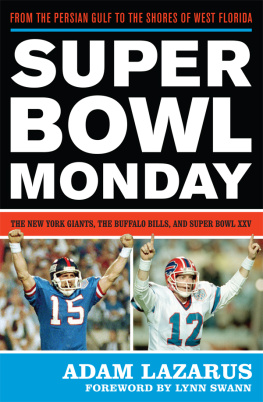
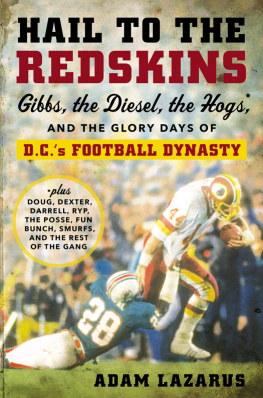
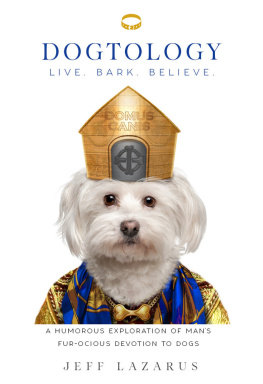
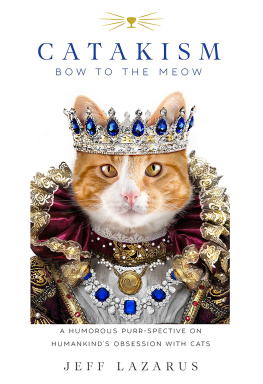







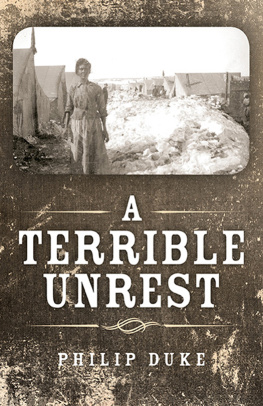

 The paper used in this publication meets the minimum requirements of
The paper used in this publication meets the minimum requirements of